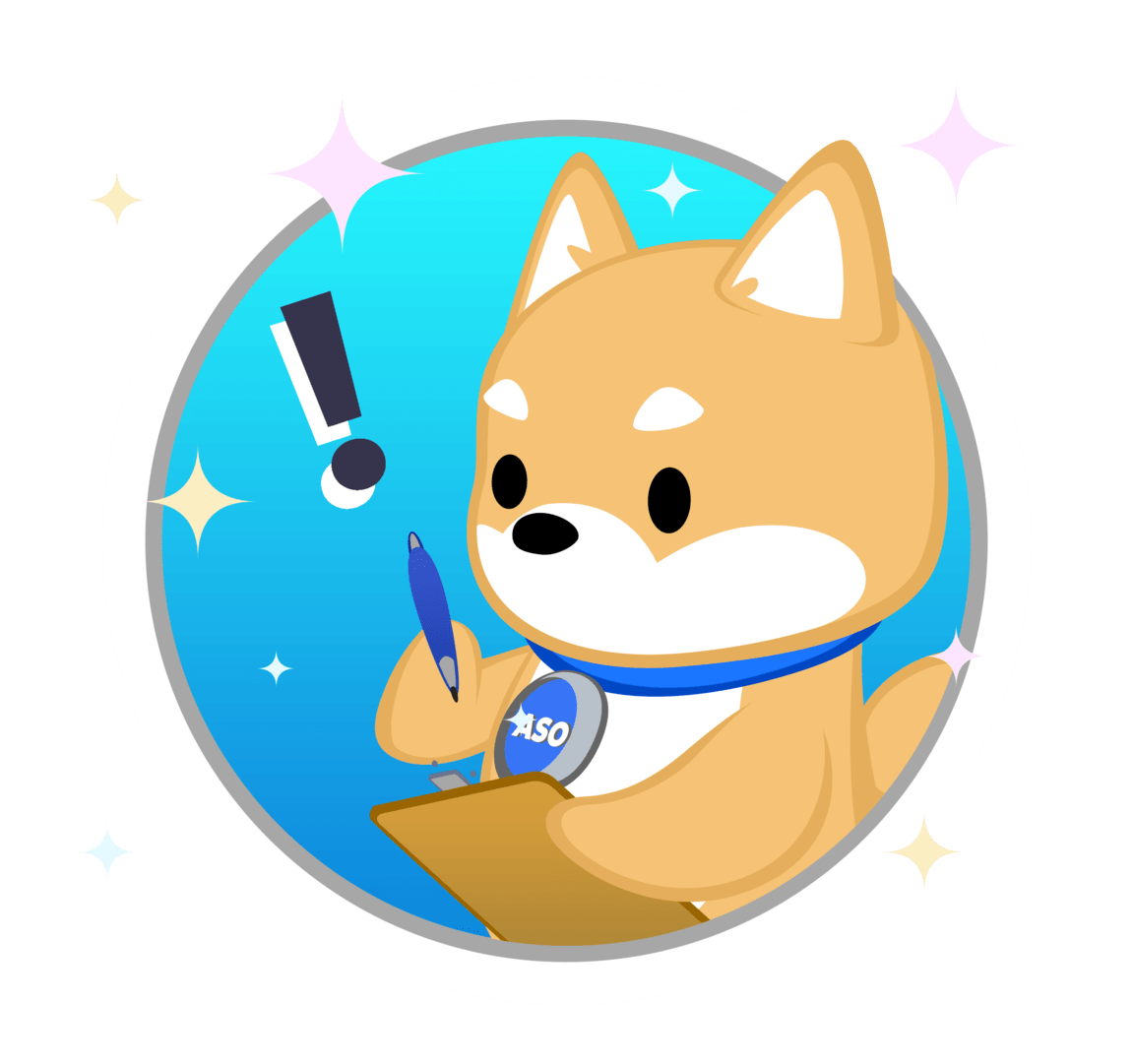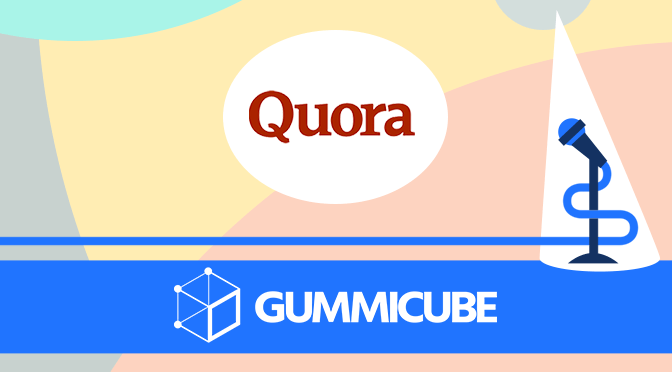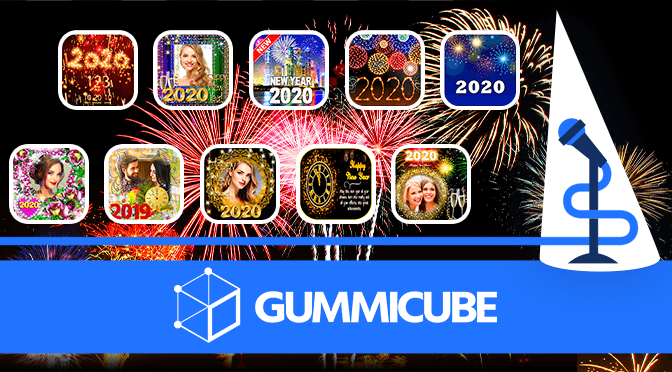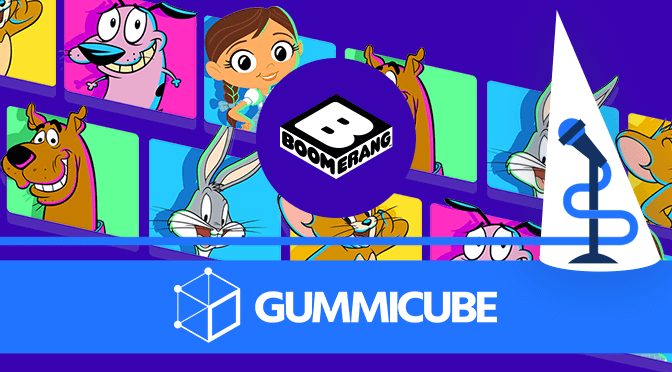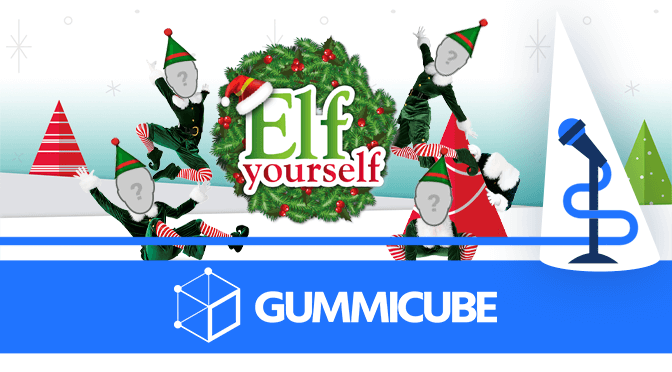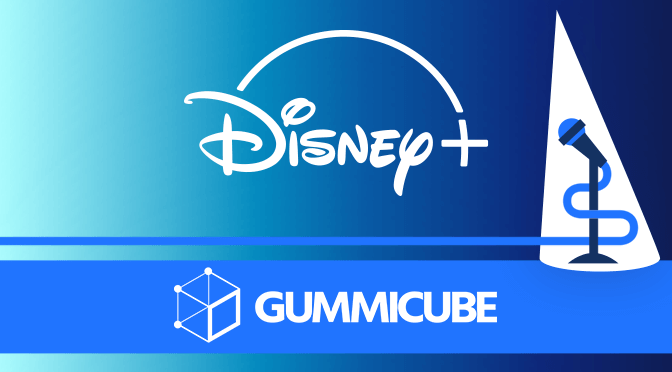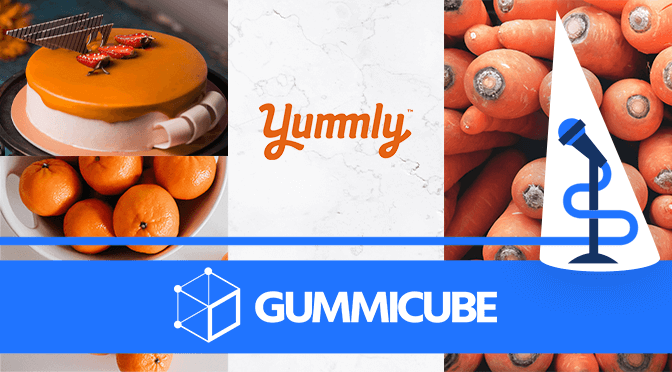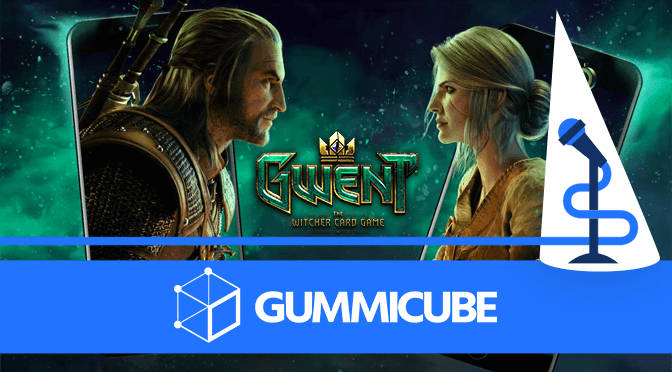
Be My Eyes App Description Spotlight
Posted on January 22nd, 2020
An App Store Description should convey the uses and purpose of an app in a way that users can read easily. It can be tricky for apps that serve an important purpose to condense everything down, but it is necessary. Be My Eyes, an app designed to help the visually impaired through user volunteers, needs a good description to convert users into new volunteers. In this week’s App Store Spotlight, we focus on Be My Eyes and its App Store Description.

